When To Change, And When To Stand Firm
As leaders, we may feel a tension from two opposing forces – the need to change and adapt, and the need to stand firm in who we are.
People will try and shape how you lead, think, act, or speak. We may sometimes adapt to these influences because we see the wisdom in their counsel, or for strategic reasons, or perhaps to please others. Whatever the motivation, the part of us that adapts to others I call the “Changing Self.”
On the other hand, there are times when our best course of action is to stand firm and say: this is who I am. If you don’t like it, well… too bad. I call this the “Solid Self.”
These two aspects of ourselves are always present and form a polarity. In an ideal world we would know how to navigate between them with ease.
In reality, sometimes our lives can be more like a mud-wrestle, where the Solid Self pins the Changing Self in a headlock and refuses to let go... or the Changing Self spends too long in the locker room, trying to figure out the appropriate outfit for a mud-wrestle.
The two big questions we face in life and leadership are:
1. When should we change how we act, based on the input of others?
2. When should we stand firm in who we are, regardless of what others ask for?
In any situation where you feel a pull toward one aspect of yourself, you can use the prompts below as a guide.
If you’re drawn to the Changing Self, ask yourself the following questions:
- Who must I become?
Who do you need to be, to live your purpose or serve your people? Good answers might be: “An inspiring leader” or “A good speaker.” Somewhat less useful answers might include: “Batman” or “The Boston Strangler.”
- What do I still have to learn?
The Changing Self is the part of us that never stops evolving and growing. What skills, experiences, beliefs or values do you need to develop to achieve your desires?
- What do I need to let go of?
What habits, tendencies and traits are standing in the way of your goals? Naming them is a critical step in getting what you want.
(By the way, if you previously answered “The Boston Strangler,” a good answer to this question might be, “other people’s necks”?)
By contrast, the Solid Self doesn’t ask questions. It makes statements.
When you’re feeling drawn to this aspect of yourself, consider writing down answers to the following statements:
- I am…
I suggest affirming things most relevant to your situation. For example: “I am kind and creative. I am committed to my objectives.”
This helps establish where you stand and what you won’t be moved from. Some of these things could change down the road.
- I value…
Values are the things we believe are important in life. They guide our decisions and how we live. They could be things like kindness, creativity, excellence.
Write down a list of your values. Then ask yourself: Am I living them? How do they guide me in the challenge I’m facing now?
- I want….
Desire is the fuel in your tank... and a useful guide through any obstacles you face.
Without judgment, make a list of exactly what you want. Next, cross off things not relevant to your current situation.
After this, go back and mark the things that seem to have the most life. This is an indicator of your true desires.
Now, without wanting to sound too simplistic, there are literally only two things you can do with these questions and statements:
1. Use them to guide you in when to stand firm and when to change… helping you to become balanced in this polarity, enhancing your life and reputation. This is what I call “the good outcome.”
2. Ignore them. Run the risk of becoming either someone who never adapts when needed, or someone who changes like the wind… damaging your credibility and ability to lead.
I call this “the really bad outcome.”
It’s entirely your choice. Subtle huh?
You can also learn more about managing the 7 biggest polarities leaders and manage face, in my latest book co-authored with Brian Tracy.












